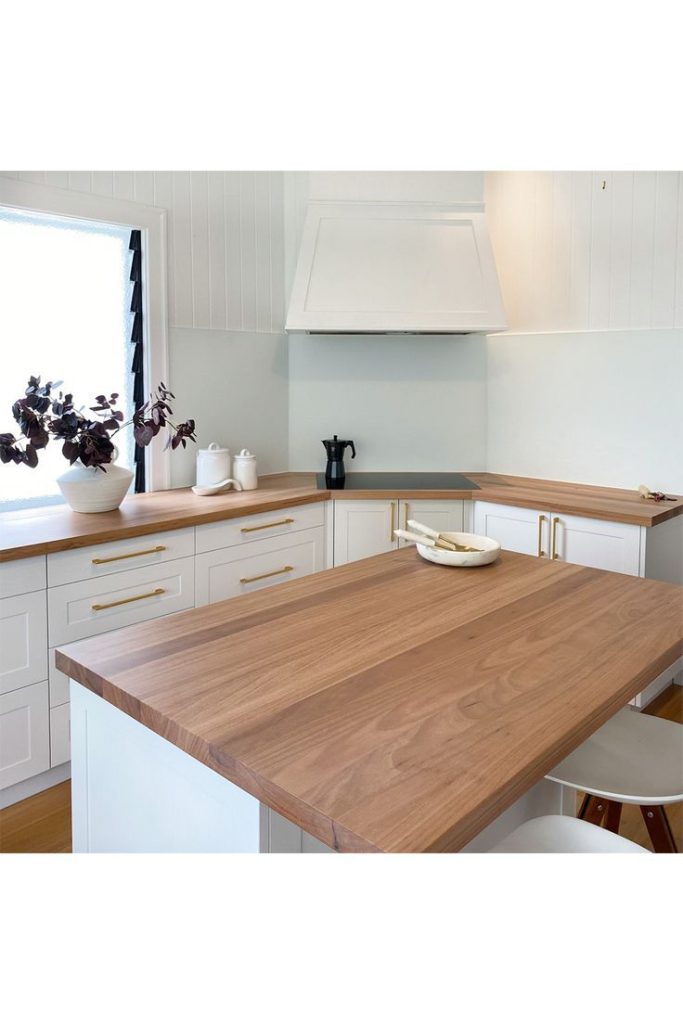The kitchen benchtop is arguably the most impactful surface in your home, serving as a primary workspace, a gathering point, and a significant design statement. Choosing the right material for your kitchen benchtop is a decision that balances aesthetics, functionality, durability, and budget. With a vast array of options available, each with its unique characteristics, navigating the selection process can be daunting. This guide will walk you through the key considerations to help you make an informed choice that perfectly suits your modern home and lifestyle.
1. Define Your Lifestyle and Usage
Before you even begin looking at materials, consider how you use your kitchen. This is the most crucial step in narrowing down your options.
- Heavy Cooker: Do you frequently cook, chop, and prepare meals from scratch? You’ll need a highly durable, scratch-resistant, and easy-to-clean surface that can withstand daily abuse.
- Entertainer: Is your kitchen a social hub? You might prioritise aesthetic appeal and stain resistance for spills from food and drinks.
- Family with Kids: Durability, hygiene, and ease of cleaning will be paramount to handle spills, impacts, and general wear and tear from a busy family.
- Minimalist/Infrequent Cooker: If your kitchen is more for show or light use, you might have more flexibility to choose materials that are high on aesthetics but might require more delicate handling.
2. Understand Material Properties
Each benchtop material comes with its own set of pros and cons regarding durability, maintenance, and appearance. Familiarise yourself with the common options:
- Engineered Stone (Quartz): Highly durable, non-porous (low maintenance, hygienic), and aesthetically versatile. Susceptible to extreme heat.
- Natural Stone (Granite & Marble):
- Granite: Extremely durable, heat and scratch-resistant, unique patterns. Requires periodic sealing.
- Marble: Timeless beauty, naturally cool. Very porous, susceptible to etching and staining, softer than granite. Requires diligent sealing and care.
- Porcelain: Exceptionally durable (scratch, heat, UV, chemical resistant), non-porous, can be very thin. Can chip on impact at edges.
- Stainless Steel: Highly hygienic, heat resistant, durable, modern industrial look. Prone to scratches and fingerprints, can be noisy.
- Concrete: Highly customisable (shape, colour), unique raw aesthetic, good heat resistance. Porous (requires sealing), very heavy, can hairline crack.
3. Consider Maintenance Requirements
How much time and effort are you willing to put into maintaining your benchtop?
- Low Maintenance: Engineered stone, porcelain, and stainless steel are generally very low maintenance, requiring only simple wiping and no sealing.
- Moderate Maintenance: Granite requires annual sealing to prevent stains.
- High Maintenance: Marble and concrete require regular sealing and immediate clean-up of spills, especially acidic ones, to prevent permanent damage.
4. Factor in Your Budget
Benchtop materials vary significantly in cost. It’s essential to set a realistic budget for both the material and its installation.
- Entry-Level: Laminate (not covered in the previous article, but generally the most affordable).
- Mid-Range: Engineered stone often falls into this category, offering a great balance of features for the price.
- Premium: Natural stones (especially marble), porcelain, and custom concrete or stainless steel can be at the higher end of the spectrum due to material cost and complex fabrication/installation.
Remember to factor in installation costs, which can vary based on the material’s weight, complexity of cuts, and the need for specialised tools.
5. Harmonise with Your Design Aesthetic
The benchtop is a major visual component. Ensure its style, colour, and finish complement your kitchen’s overall design:
- Modern/Minimalist: Engineered stone (especially plain colours), porcelain (thin profiles), stainless steel, or light-coloured concrete.
- Industrial/Urban: Stainless steel, concrete, or darker engineered stones.
- Classic/Luxurious: Marble, granite, or engineered stone mimicking natural patterns.
- Warm/Natural: Wood (not covered in the previous article, but also an option), or natural-look engineered stone/porcelain.
Consider how the benchtop will interact with your cabinetry, flooring, splashback, and appliances. Request samples to see how they look in your kitchen’s lighting.
By carefully evaluating your lifestyle, understanding material properties, assessing maintenance needs, setting a budget, and aligning with your design vision, you can confidently choose the perfect kitchen benchtop that will be both beautiful and functional for years to come.


